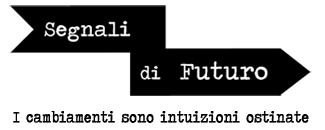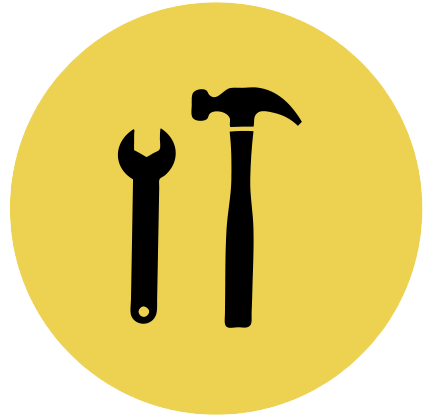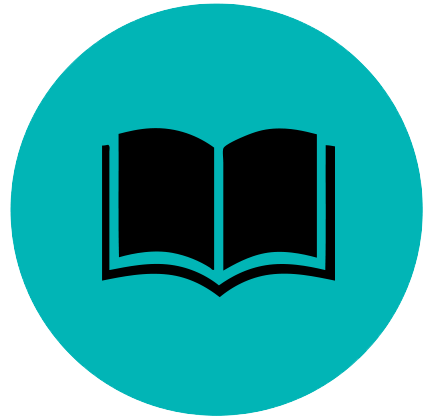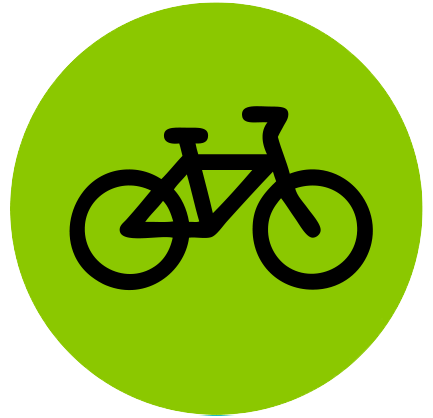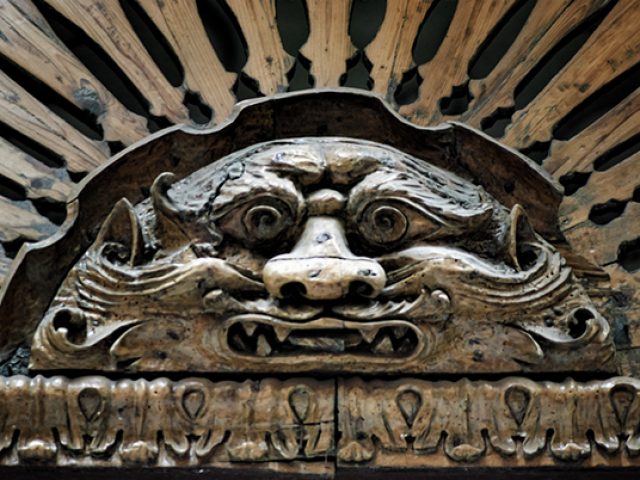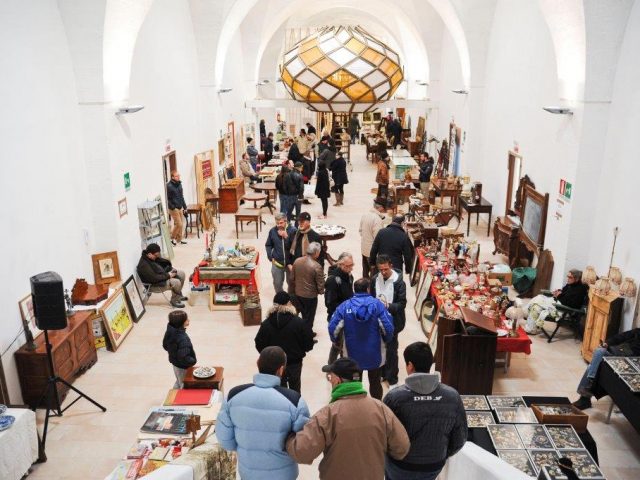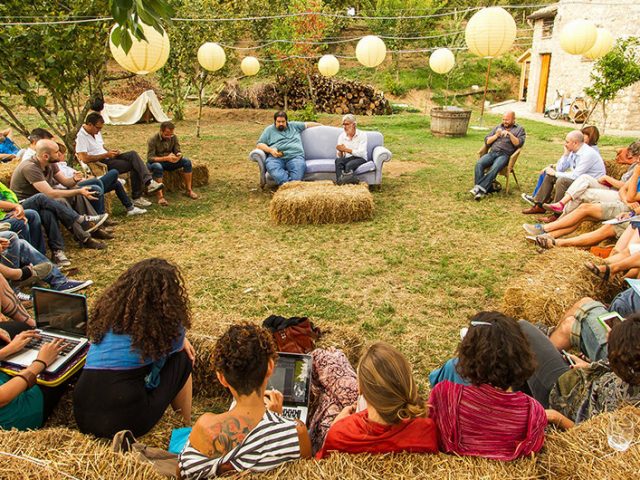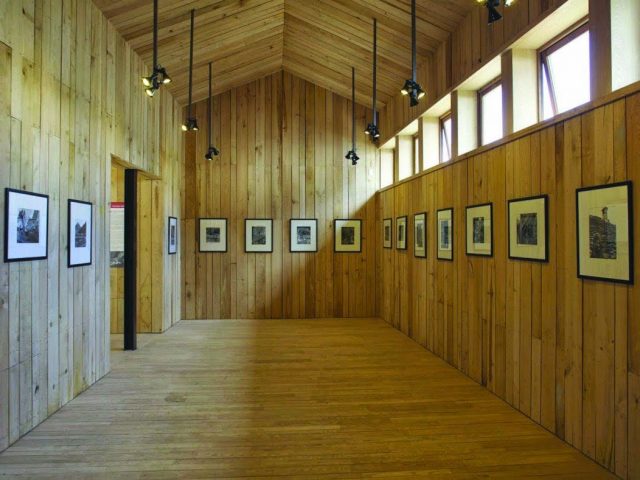Changes are tenacious intuitions
The project “Signals for a future” gathers cases of bottom-up innovation in Milan metropolitan area. The signals are changes that are occurring in the provision of public services, in the ways we work and we move, in the manners we live, in the creation of more dense social webs, in how we produce and consume culture. They are hybrid, not easy to define, but not necessarily they are looking for a definition. They are often weak attempts, that have produced first outcomes calling for a consolidation strategy. The signals come from new ideas, but are also reinterpretation of old things, because they re-invent, re-cycle, re-use tools, practices, instruments that were already at our disposal. They are generated by something that somebody have learnt, from skills and capacities that after a certain period of time had been abandoned or not fully exploited. The signals arise from good questions. And we have only tentative responses to them.
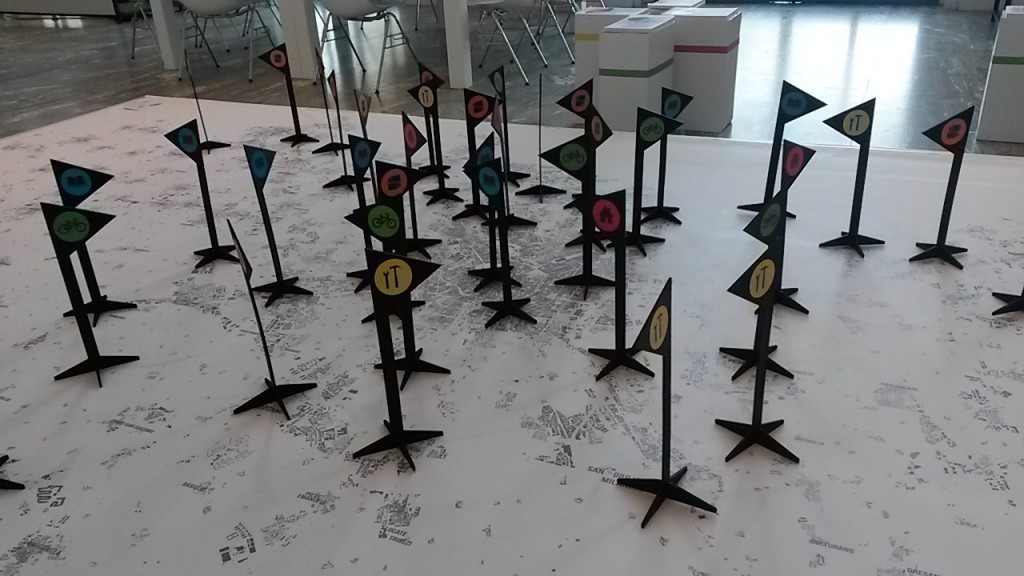
La Triennale of Milan – 5th March 2015
They do not represent the mainstream, because they do not want to be mainstreamed.
They are open innovations.
The actors that are promoting such practices put together in a creative way different pieces: problems. resources, opportunities, other actors. The output is often surprising, because at a first glance those pieces would not stay together. Sometimes the signals are products of improvisation. Before starting, the final output was not clear, and so even during the process. The promoters wanted to start, with a not fully defined idea about the final destination of their journey. They are the outputs of new urban makers, because the makers are those that follow through the decision-making process from the design to the implementation stage. They are always generated by reflective behaviours, via accumulation and selection, and contribute to make the city smarter. But this kind of smartness is not that of the technological devices. It comes from the intelligence of society. They produce commons, often without any kind of relation with the public sector. They are actually anomalous, and for this reason are innovative. We do not know how to classify them, and for this reason we are curious about them. The practices are located in Milan metropolitan area: Is this city still able to accommodate the anomaly that emerge from the society and, doing so, to generate innovation?
We think that these signals are declaration of love for Milan, that is an enabler city, much more than any other city in our country. Our suggestion is to learn from these practices, in order to support and to strengthen them. This might be one of the task of the new metropolitan government. So, we could discover that the “Città Metropolitana” is actually useful.
We have classified the signals according five clusters.
#Live: social inclusion, urban regeneration, community building, housing, caring
#Make: manufacture, agriculture, craftsmanship, job creation
#Know: culture, creativity, education, training

#Exchange: markets, values, re-use, re-cycle, circular economy
#Move: mobility, sport, well being, energy
Their hybrid nature does not allow to categorize them easily. These clusters are just the “entry point” to interpret the practices. In most cases, the clusters represent the first phase of innovations that pass through different stages along their life cycle. Each signal is described with its background and development process, the promoter and the actors’ network, the target groups, the main outcomes.
